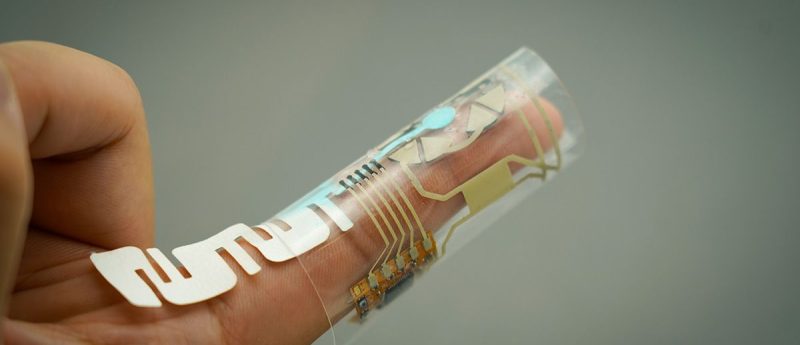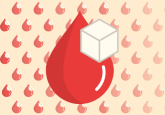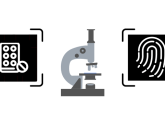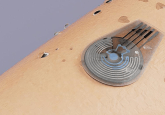A device that monitors health by wrapping around your finger? No sweat

Forget smart watches and heart rate monitors. Health monitoring devices have just taken an interesting turn, and now have the ability to measure health markers as easily as putting on a sticker. Engineers from the University of California San Diego (CA, USA) have created an electronic finger wrap that not only tracks vital health biomarkers but also powers itself using fingertip sweat.
Health monitoring is not just for measuring heart rate and how much REM sleep you have had. It can be lifesaving. Not only do smart health monitoring systems make healthcare more accessible and effective, but they can also identify potential medical issues and offer early warning signs to patients and healthcare providers. Health monitoring enables individuals to become more proactive in making preventable lifestyle changes. And it’s just become much easier.
This innovative device, which comfortably wraps around the finger, taps into the abundant sweat produced by our fingertips, which contain over 1000 sweat glands each. You might think an armpit would be a better position to attach the device to, but remarkably these tiny glands can produce up to 1000 times more sweat than other body parts, even without physical exertion. This steady perspiration rate provides a consistent energy source, allowing the device to function even while the user is inactive or asleep.
You may also be interested in:
- Fashion sense – the new wearable sensor for non-invasive detection of skin biomarkers
- Biomarker and immunogenicity testing: an interview with Jayaprakash Kotha
- Sweat tech: the latest microfluidic patch for measuring trace perspiration
Equipped with biofuel cells that convert chemicals from sweat into electricity, this latest wearable tech powers four sensors capable of monitoring key biomarkers such as lactate, glucose and vitamin C, and even the Parkinson’s disease medication levodopa. Sweat flows through microchannels to the four sensors that analyze the biomarker levels and wirelessly send the data to an app on a connected device, such as a laptop or mobile.
“It is based on a remarkable integration of energy harvesting and storage components, with multiple biosensors in a fluidic microchannel, along with the corresponding electronic controller, all at the fingertip,” explained Joseph Wang, a Professor in the Aiiso Yufeng Li Family Department of Chemical and Nano Engineering who led the team at the University of San Diego.
Co-first authors Shichao Ding and Tamoghna Saha highlight the device’s potential for personalized health monitoring, with plans to develop a closed-loop system that could track biomarkers and deliver medicine based on real-time biomarker data. For example, for users with diabetes, glucose levels could be monitored and insulin could consequently be administered.
“Autonomous power, sensing and treatment all in one device—that’s the ultimate goal,” Ding concluded.
Health monitoring is now at our fingertips. Quite literally.



